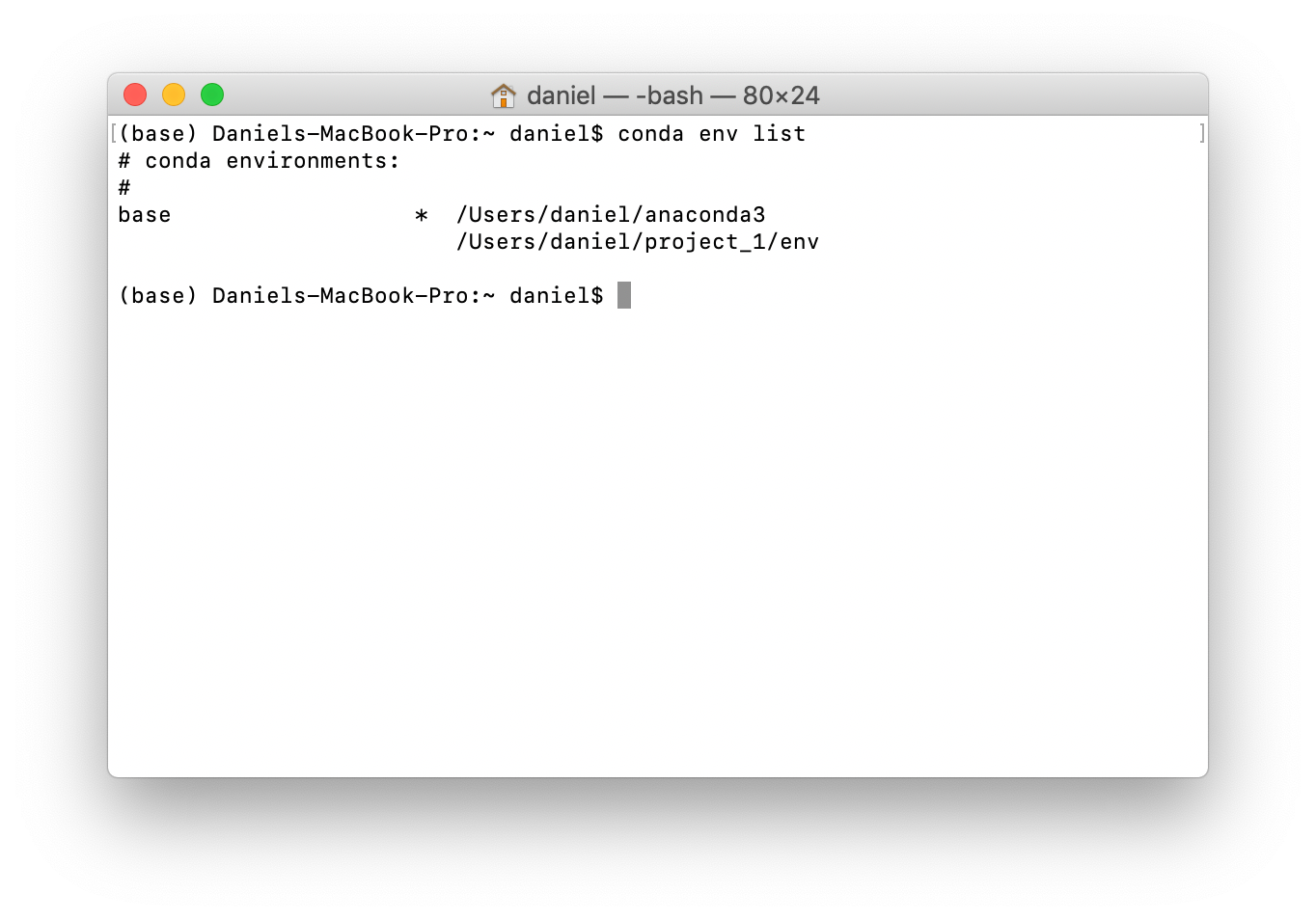

Once you have conda installed on your machine, you can create your first conda environment:
You will also learn how to install Miniconda. For this textbook, we suggest that you use the Miniconda installation.ĭata Tip: In this lesson on installing conda, you will learn about the advantages of Miniconda vs Anaconda. Miniconda is predominately designed for users who know what packages they need and do not want or need the extra installations. It only contains critical packages and software such as the conda package manager and a basic Python environment. Miniconda, on the other hand, is a streamlined conda distribution. All of the installed packages can also lead to dependency conflicts as you install new packages. To do this, you have two main options: Anaconda and Miniconda.Īnaconda ships with a suite of libraries and software pre-installed, which makes it quite large (~3Gb). In order to create a conda environment, you first need to install an conda distribution. You will also learn how to install Python packages using the conda-forge channel.

On this page, you will learn how to create and work with conda environments. Previously in this chapter, you learned about conda environments and the difference between conda and pip.

To create your own custom environment: $ conda create -name MyEnvName python=3.8 FirstPackageName SecondPackageName -y Many packages are pre-installed in the global environment. To use Conda you must load an Anaconda module: $ module load anaconda Conda is a package manager in Anaconda that allows you to create and manage multiple environments where you can pick and choose which packages you want to use.


 0 kommentar(er)
0 kommentar(er)
